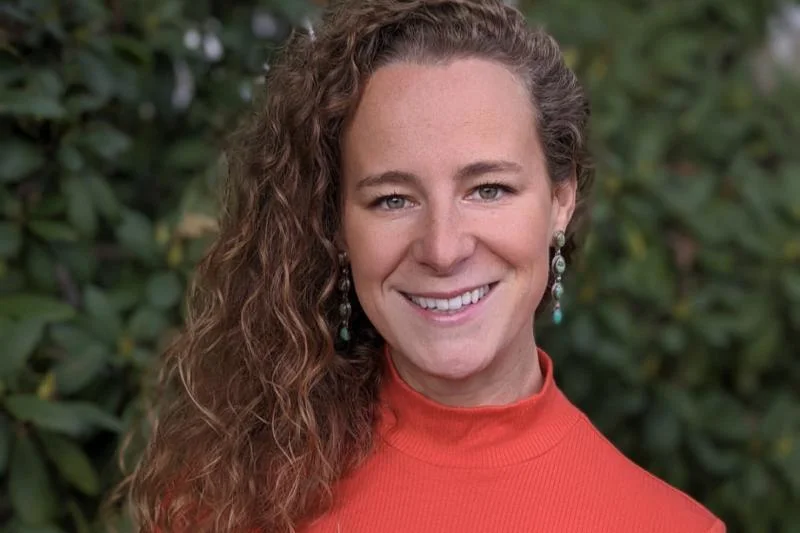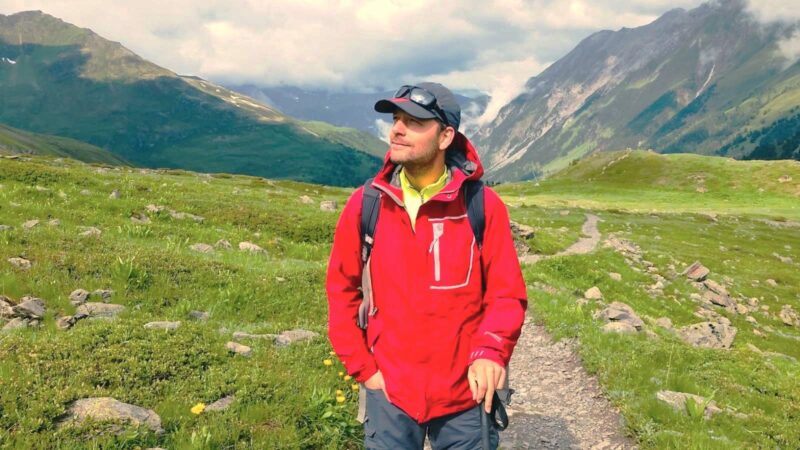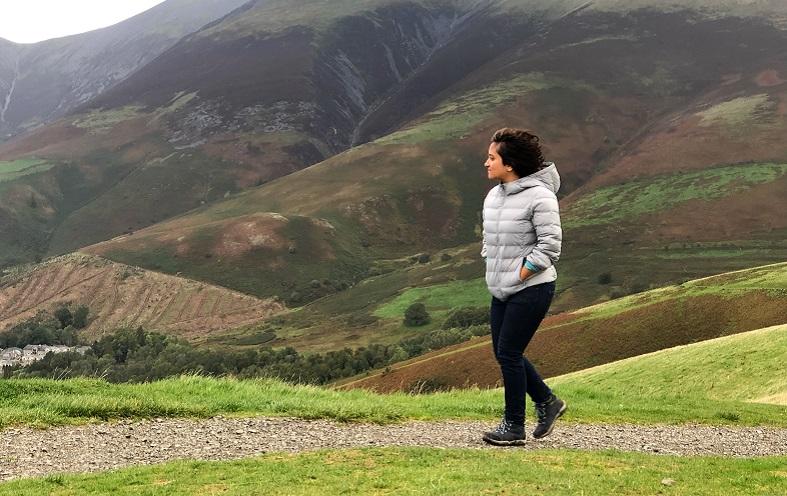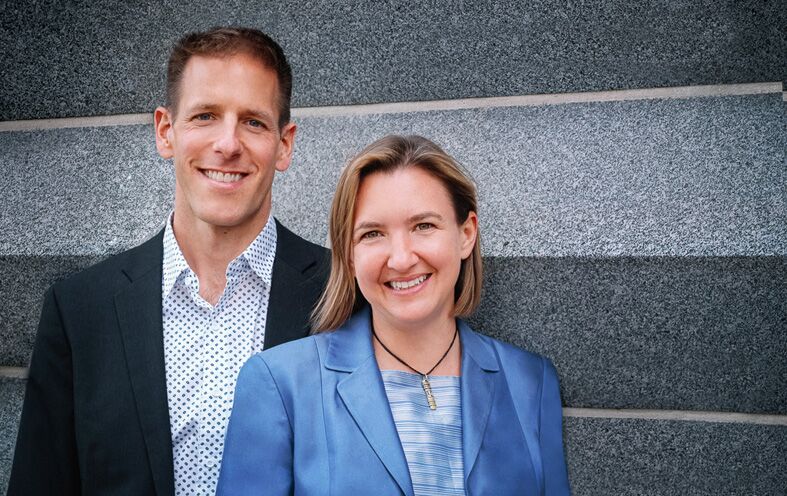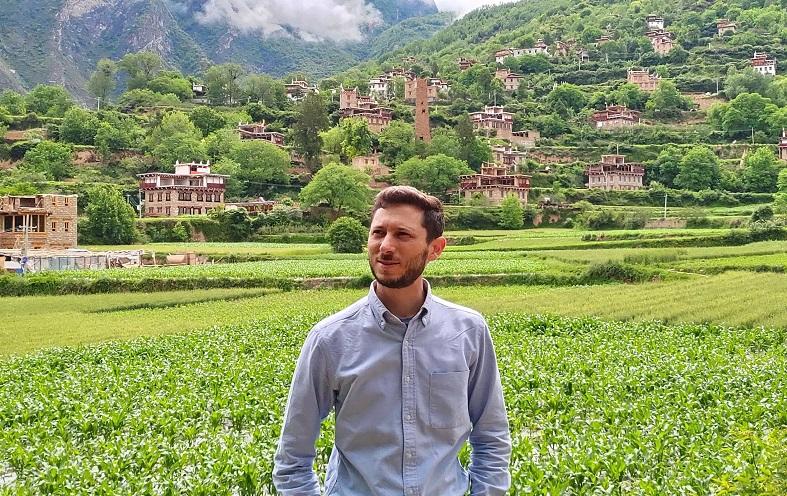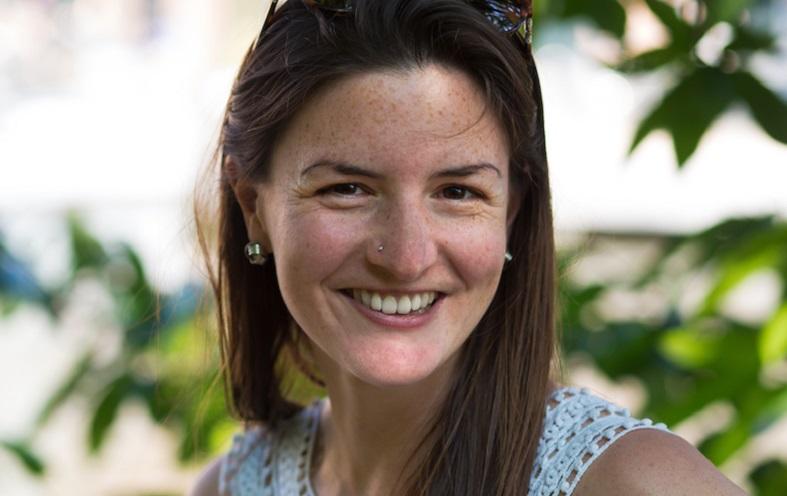
Ellie Cleary of Soul Travel Blog & Consulting in this interview discusses latest trends in responsible travelling and gives tips and inspiration how to travel more consciously and responsibly.
Ellie, as passionate traveller, do you remember when you first heard about sustainability in connection with tourism?
Being aware of the impact of travel (and the often well-meaning intentions of travellers) started for me in 2006. I was in Cambodia, teaching English, and discovered first hand how well-meaning volunteers can support less than positive aspects of the Voluntourism industry – unwittingly several of my co-volunteers spent their time and money helping out at orphanages that were subsequently exposed as a scam. It really opened my eyes to the fact that – despite the best of intentions – our impact when we travel is often far more wide-reaching than we might think. For better or worse.
I’ve also spent most of my career working in tourism – I started off working for luxury hotel chains in London and then moved to work for one of the largest OTA’s (Online Travel Agent) and became a director there. I could see very clearly how accessible travel had become, and how the same destinations were growing in popularity year after year with little concern about the impact of travel. In 2015 I decided to try to contribute in whatever way I could to raise awareness around the need for more responsible and sustainable tourism – and that’s when I created Soul Travel blog.
How has your view on sustainable tourism changed since then?
Much of my first couple of years of producing travel content I believed in the possibility to travel better and in diversion of tourism – away from overtouristed spots and seeking out genuine connections with the host country and culture.
Now, I think it’s becoming inescapably clear that these tactics alone will not be enough. Destinations that were considered “off-beat” in 2015 are now well and truly being impacted by large tourist numbers – for example, Komodo Island in Indonesia.
As we become increasingly aware of the environmental impacts of flying, too, it’s becoming less and less justifiable to fly – especially for short trips.
I am now focused on exploring closer to home in a bid to be more sustainable and travel overland as much as I can (which has its challenges in Canada, where I’m currently based!) – in fact, 2019 has been the year that I’ve travelled least out of recent years. That might seem odd for someone creating content about travel, but I think exploring closer to home will be a central tenet of any successful, long-term sustainable tourism strategy.
It’s clear that flying around the world, staying in eco-lodges is not going to move the needle anymore.
What role do you think travel writers/bloggers/influencers can play in sustainability in tourism?
I would say those travel content creators (whether that’s written articles/blogs, social media or video), combined with the power of social media have a lot of potential to influence the way travel is seen and understood.
One thing I struggle with, as a content creator, is sharing content in a way that is not going to drive unintended results – or even, if I should be sharing certain content at all.
We’ve heard the stories of the wildflower fields in California being overrun with Instagrammers. The same can happen to Dutch tulip fields, for instance. Sharing photos of a relatively unknown beautiful spot may just result in millions visiting. Such has become the virality and “I want that too” sentiment of social media.
I would encourage travel media to think about the wide-reaching impact of a photo or video before taking it and sharing it. Are we just using places as exotic backdrops? Do we have something to say about the culture of a place that we share a photo of? Is that destination a place or community that wants more visitors?
Often, a photo may communicate a certain picture and sustainability is – at best – an afterthought in a caption, which few read. We need to make sustainability the primary focus of our content, rather than an afterthought.
There should be more local voices represented amongst the travel media/bloggers/influencers of today.
All too often, it’s a white, young traveller giving their views of destinations. But what about the voices of local entrepreneurs? What about travellers who live in those destinations? Surely they can share more than a visitor can grasp during a short stay.
How has traveller perception of sustainability in tourism changed since you started writing?
Awareness has grown significantly. Even in 2015, it was a very small group of people who were concerned about the impact of tourism. Now, it has become much less acceptable to travel around the world buying single-use plastic and visiting captive wildlife attractions – this shift in awareness is very much thanks to the collective growth of the number of people prioritising more responsible tourism.
There is, however, a long way to go. There are many hidden problems that are harder for a traveller to see:
- the lack of sewage treatment at many island resorts (where waste goes straight out to sea);
- over-consumption of water by travellers in water-poor countries (tourists use up to 7 or 8 times the level of water used by locals in some countries);
- plastic waste being dumped by resorts inland, in areas where visitors don’t go.
Those are just some examples.
And the biggest elephant in the room is flying. Flygskam (a name given to flying shame in Sweden) is catching on but is still small. After all, who are we to tell hard-working people that flying to Thailand for their two week holiday is bad?
Until we learn to live more peaceful and less hyper-stressed lives at home, everyday we will crave escape. Sustainable tourism goes hand in hand with sustainable existence, 365 days a year.
What are some of the sustainable tourism success stories you have come across?
There are some incredible things happening in impact-conscious travel right now.
I was lucky enough to stay at Rancho Margot in Costa Rica last year, which is a sustainable living experiment and an example in self-sufficiency – nearly everything consumed on the ranch is produced on-site, from furniture to electricity, to vegetables, fruits, soaps and cleaning products.
Sasane Sisterhood in Nepal is a trekking company with a difference, looking to train female human trafficking survivors as trekking guides to lead tours through rural, remote mountain villages in Nepal. Their aim is to build a responsible tourism company that will help eliminate trafficking, gender-based violence and child marriages within these rural communities.
One company that has inspired me for a long time is MEJDI Tours. Founded by an Israeli and a Palestinian, the philosophy behind B Corp certified MEJDI is that tourism can be a bringer of peace as well as understanding and connection. They run dual-narrative tours of the Middle East and other parts of the world, telling the stories from multiple perspectives and helping travellers to see things in a new way.
What can sustainable tourism brands and destinations do to share their efforts more effectively with travellers?
The first thing I’d advise is to actively communicate what you are doing to be more responsible, sustainable or mindful of the impact of your travel offerings. That doesn’t mean you have to call yourself “sustainable” but there should be a section on your website where prospective travellers can easily read about what you are doing.
The more easily travellers can find out if you are making an effort to be environmentally and socially responsible, the better. It’s not about being “perfect” but rather sharing what you are doing.
As “greenwashing” becomes more of a concern, make sure you include specific points and progress rather than more general high-level statements.
Having consulted for a number of RT-focused brands, one area I see an opportunity in is getting super clear on who your target customers are, what they will be looking for and actively marketing to them. Don’t be afraid to tell your story and connect with them emotionally. The travel buying cycle is famously long, so once you have captured their attention make sure you continue the conversation. A focused and regular email marketing strategy is your best friend for this.
Someone once said that for responsible tourism to be sustainable, it needs to be financially sustainable first of all, and I completely agree.
How do you see sustainable tourism evolving, and what is the role of travel media in that?
I’d like to see more accountability among travel media for our own travel habits and the way in which destinations are shared. I see an increase in travel closer to home, using those based in a country to report on it, domestic tourism, and (hopefully) economic incentives to travel overland vs flying (or at least fairer competition for trains vs planes, etc.).
What are your top three tips for those looking to travel and keep their impact low?
- If you research thoroughly you’re halfway ahead. Know the customs of where you’re visiting, places that are likely to be overcrowded, what the best local food to try is, how to dress, where are the best sustainable places to stay at, etc. Buying & reading a good guidebook is half the fun of the trip!
- Travel overland. Although overland travel creates emissions too, its impact is so much less than flying. Could you travel overland to the beaches of Greece instead of flying to Asia, for instance?
- For every photo, you take, take one with your eyes first. Breathe in the air. Soak up the sounds. Be present in the experience of the destination. Turn your phone off for a day. Disconnect. Sometimes, we’re so keen to share things we forget to truly enjoy ourselves at the moment. You’ve worked hard for this trip, so why not enjoy it to the fullest?
Thank you, Ellie.
More about Ellie’s work and writing at Soul Travel Blog or find out how she can help impact-focused travel companies with their digital marketing, through Soul Travel Consulting.

